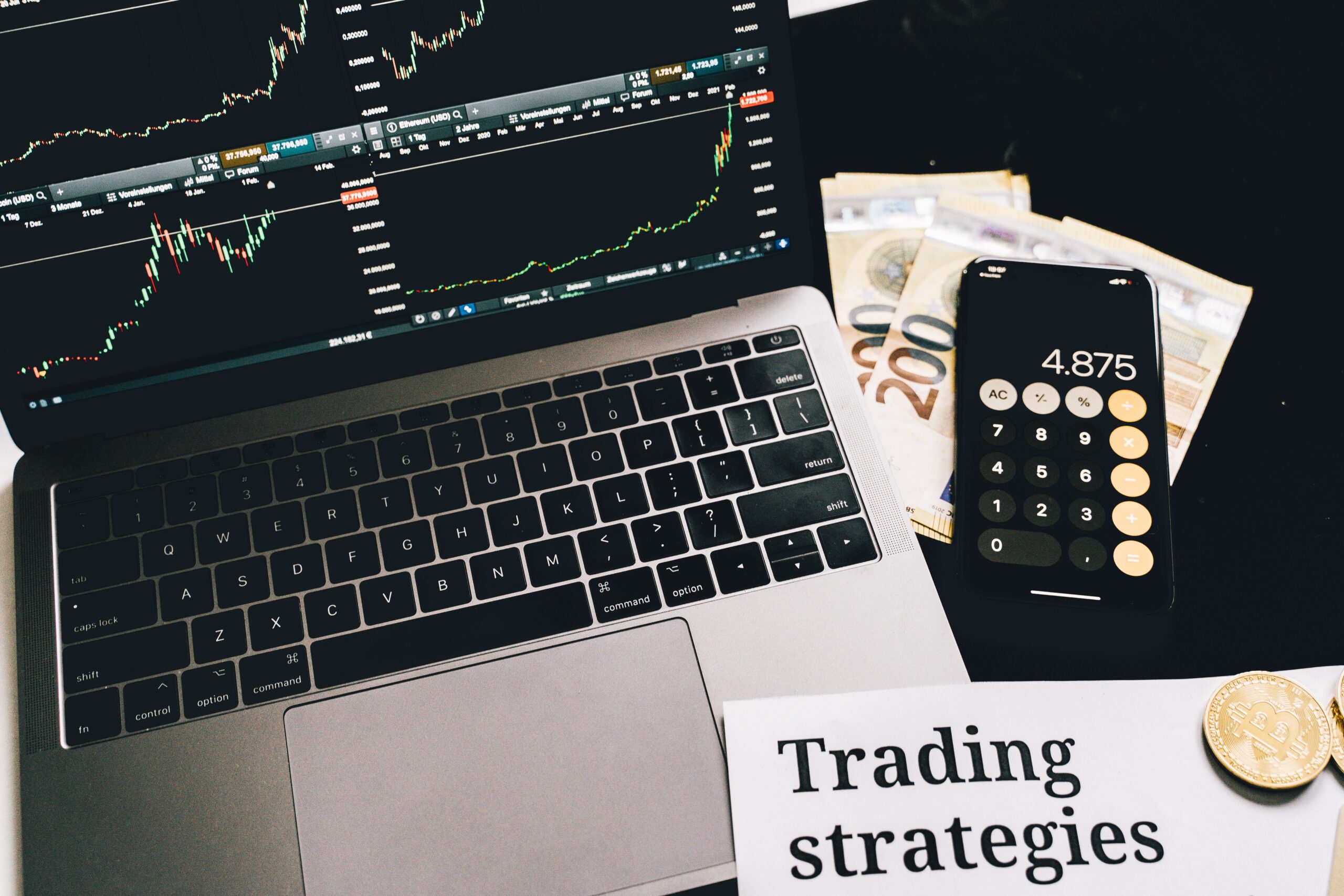What are Bracket Orders?
A bracket order (BO) is a limit order (or parent order ) that lets you place both a Take Profit (TP) limit order and a Stop Loss (SL) limit or market order at the same time.
What's a Bracket Order?
An order is a request from a trader to buy or sell an asset under certain...

A bracket order (BO) is a limit order (or parent order [PO]) that lets you place both a Take Profit (TP) limit order and a Stop Loss (SL) limit or market order at the same time.
What’s a Bracket Order?
An order is a request from a trader to buy or sell an asset under certain circumstances. When putting in an order, the user tells the system how much of an asset they want and how much they want to pay for it. If there is a counterorder on the trading floor with the right terms, the order is carried out.
On crypto exchanges, there are different kinds of orders, such as market (Market Order), limit (Limit Order), and pending (Pending Order). Take profit (take profit) and stop loss (stop loss) are two examples.
- Get more money when a certain price is reached, the trade will automatically be closed.
- Stop loss is used to limit losses and take profit is used to lock in profits.
- Bracket orders are a type of trade order that combines the take profit and stop loss functions.
How do Bracket Orders work?
A trader can use bracket orders to set both a stop loss and a take profit at the same time. The second order is automatically canceled when the first one is done.
In this case, a trader spent $10,000 to buy 1,000 BTC/USD contracts. He thinks he will make money if the asset’s price goes up to $15,000. The trader also wants to keep from losing money when the market goes the other way. When the price drops to $7,000, he decides to get out of the trade.
The price of BTC/USD fell to $5,000 during trading. The trader’s losses were cut by 20% when the stop loss kicked in at $7,000.
What Should You Use Bracket Orders
With bracket orders, the trader knows right away how much he or she wants to make (the “take profit”) and how much they can lose (the “maximum loss”) (stop loss).
What will happen if you only use one order:
Take profit. When the price goes the other way, the trader will lose money he didn’t plan on; this is called a “stop loss.” A trader could miss out on a good deal.
The user doesn’t have to constantly keep an eye on how prices change on the market or place or cancel orders by hand.
People use bracket orders to trade traditional assets like stocks or futures. Some cryptocurrency exchanges, like Binance, Phemex, and Kraken Futures, also offer this tool.
Most crypto exchanges let you set bracket orders for the whole position. When the order is triggered, the site closes the position for you. On Phemex, you can place bracket orders on a portion of a position. Even if the asset hasn’t reached the set price level, the trader will still make money.
Example: A trader spent $10,000 to buy 1,000 BTC/USD contracts on Phemex. He thinks the asset will be worth $15,000 in a year.
A trader puts in a bracket order for 900 contracts with these parameters: take profit of $15,000 and stop loss of $7,000. For the last 100 contracts, the user chooses different settings: take profit of $12,000 and stop loss of $7,000.
How to Make Money on Bracket Orders?
With the help of bracket orders, users of exchanges can become market makers. The orders of these traders don’t get filled right away, so they stay in the order book.
Market makers bring liquidity to trading platforms. For this reason, exchanges cut their trading fees.
In addition, with the help of several bracket orders, you can hold long and short positions at the same time. This lets you make money no matter how the market moves. Long positions will bring profit when prices rise, short positions – when they fall.
The Bottom Line
Bracket orders make it easier to trade on the crypto exchange and keep you safe from risks. But they don’t promise quick profits and are made for the long run.
The instrument is suitable for trading during periods of low volatility, when it is impossible to make a big profit on a change in the rate. Several bracket orders within a narrow price range will allow you to earn even on small price fluctuations.
Using other trading instruments is better when the market is very volatile. The price of an asset can rise significantly after the take profit is triggered. Then you will get less profit.
